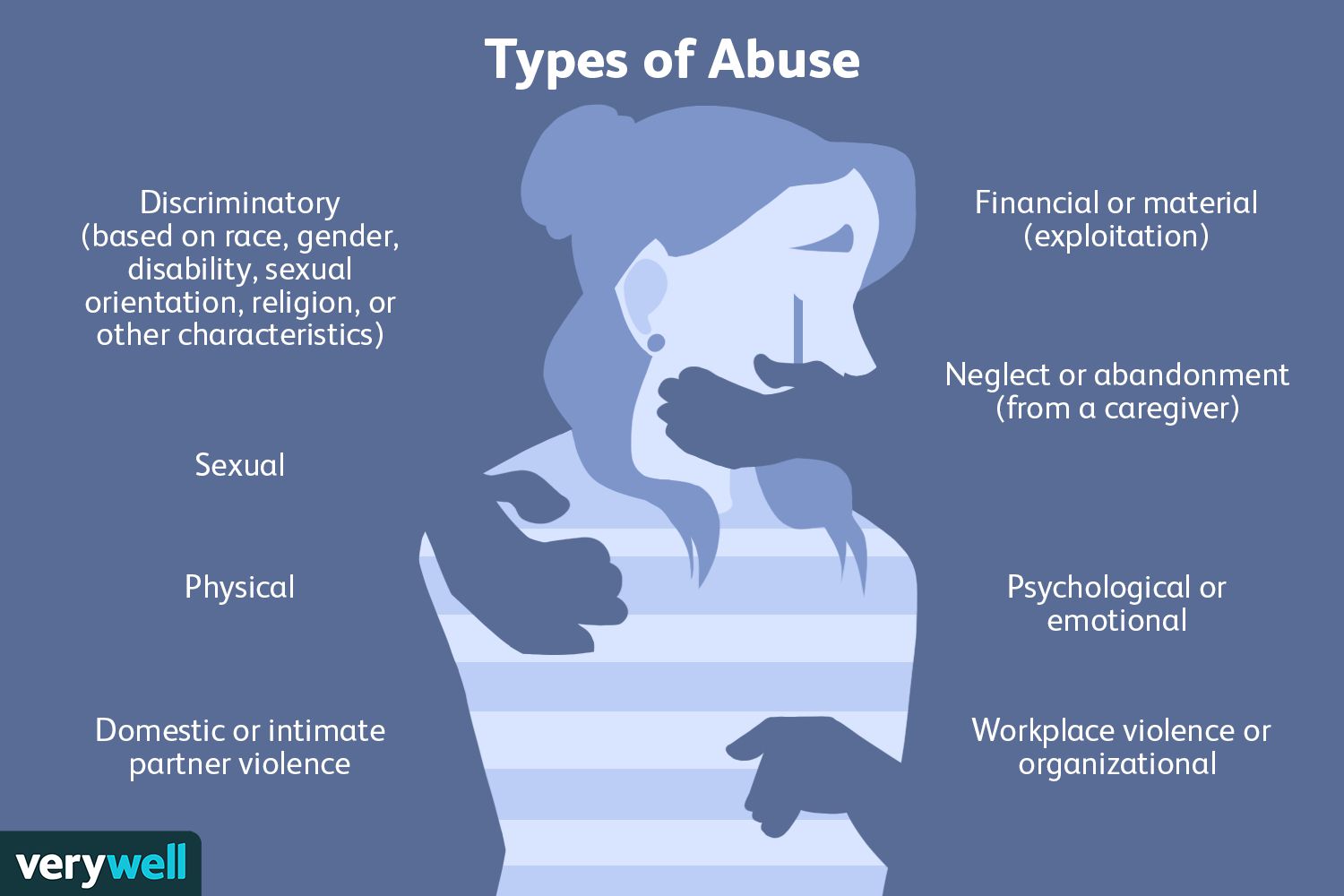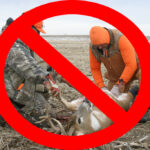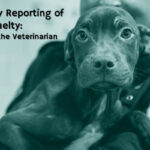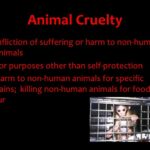Is cruelty an intentional act? This probing question reverberates through conversations about abuse, both of humans and animals. The very nature of cruelty, often perceived as an overt manifestation of malevolence, masks a labyrinth of psychological complexities that compel individuals to engage in harmful behaviors. Understanding the underlying motives and psychological factors can provide clarity in the seemingly chaotic realm of abuse.
At the forefront of this exploration is a critical distinction between intentionality and situational influence. While one might initially assume that cruelty encompasses an inherent desire to inflict pain or suffering, a closer examination reveals a spectrum where intent may vary significantly. Not all abusive actions arise from a premeditated ambition to cause harm; circumstances, upbringing, and psychological state can play pivotal roles in shaping such behaviors.
A formidable aspect of this discourse is the concept of learned behavior. Individuals do not emerge from a vacuum; rather, their experiences mold their actions. Those raised in environments where violence is pervasive may internalize these behaviors as normative. The social learning theory posits that observational learning underlies much of human behavior. Victims of abuse, particularly during formative years, may grow into adults who perpetuate cycles of violence. This phenomenon elucidates a broader behavioral pattern where cruelty is not merely intentional but a product of environmental conditioning.
Moreover, the psychological concept of desensitization merits examination. Individuals exposed relentlessly to scenes of violence may undergo a numbing of empathy towards others. This gradual erosion of compassion can catalyze the unthinkable—inflicting pain on those unable to defend themselves. The capacity for empathy, the inherently human trait that fosters connection and understanding, can diminish under prolonged exposure to brutality. When the moral compass falters, the propensity for cruelty becomes fortified, often shrouded in a veneer of justification.
Another relevant psychological paradigm is the phenomenon of projection. Individuals grappling with their own trauma may project their feelings of inadequacy, shame, or anger onto more vulnerable beings. This externalization creates a paradoxical power dynamic where the abuser attempts to assert control, albeit temporarily, of their own chaotic emotions. The act of cruelty, in this context, transforms into a misguided effort to regain a semblance of power or control, reflecting deeper insecurities rather than a straightforward intent to harm.
Delving deeper into the psyche, one must consider the role of personality disorders as potential contributors to abusive behaviors. Certain disorders, such as antisocial personality disorder or borderline personality disorder, can predispose individuals to act in cruel ways. Those with antisocial tendencies may exhibit a marked lack of empathy, leading to calculated harm towards others. In stark contrast, individuals with borderline tendencies may oscillate between extremes of affection and disdain, potentially resulting in erratic abusive behavior without an overt intent to inflict pain. This illustrates how mental health intricacies intertwine with acts of cruelty, often complicating the simplistic interpretation of intention.
Furthermore, contemplating the allure of cruelty’s fascination within society opens an avenue for analysis. Why do individuals often find themselves drawn to acts of cruelty in fiction and media? This paradox invites consideration of the darker facets of human nature. Exploring cruelty, even in abstracted forms, allows for the examination of moral boundaries. The cathartic response elicited from witnessing representations of abuse can sometimes blur the lines between empathy and vicarious thrill. This fascination exists not in the intent to harm, but rather in an intrinsic curiosity about the limits of human behavior, the darker shades of the human experience.
The intersection of cultural norms and cruelty further complicates the discussion of intentionality. Norms surrounding aggression can vary dramatically across cultures, leading to diverging perceptions of what constitutes cruelty. In certain societies, acts considered abusive by some may be regarded as acceptable rites of passage or means of discipline. This cultural relativism challenges the notion of a universal understanding of cruelty, suggesting instead that such definitions are often steeped in contextual imperatives. Intent may be perceived as less pertinent when cultural validation is granted to harmful actions.
Ultimately, unraveling the intricacies of cruelty necessitates a multidimensional approach that incorporates psychology, sociology, and cultural analysis. The interplay of learned behavior, desensitization, projection, psychological disorders, cultural influences, and societal fascination with cruelty creates a mosaic that transcends mere intention. Rather than viewing cruelty as an isolated act of malevolence, it becomes evident that it is often an entangled expression of deeper psychological conflicts, learned behaviors, and social constructs.
In conclusion, while cruelty may appear to be an intentional act at face value, its underpinnings reveal a far more complicated landscape. Understanding the psychology behind abuse is akin to exploring a vast and murky ocean; various currents of influence swirl together, obscuring the origin. As society continues to grapple with the pervasive issue of abuse, acknowledging the diverse factors contributing to abusive behavior will be essential in forging effective interventions and fostering a culture of empathy and understanding.






